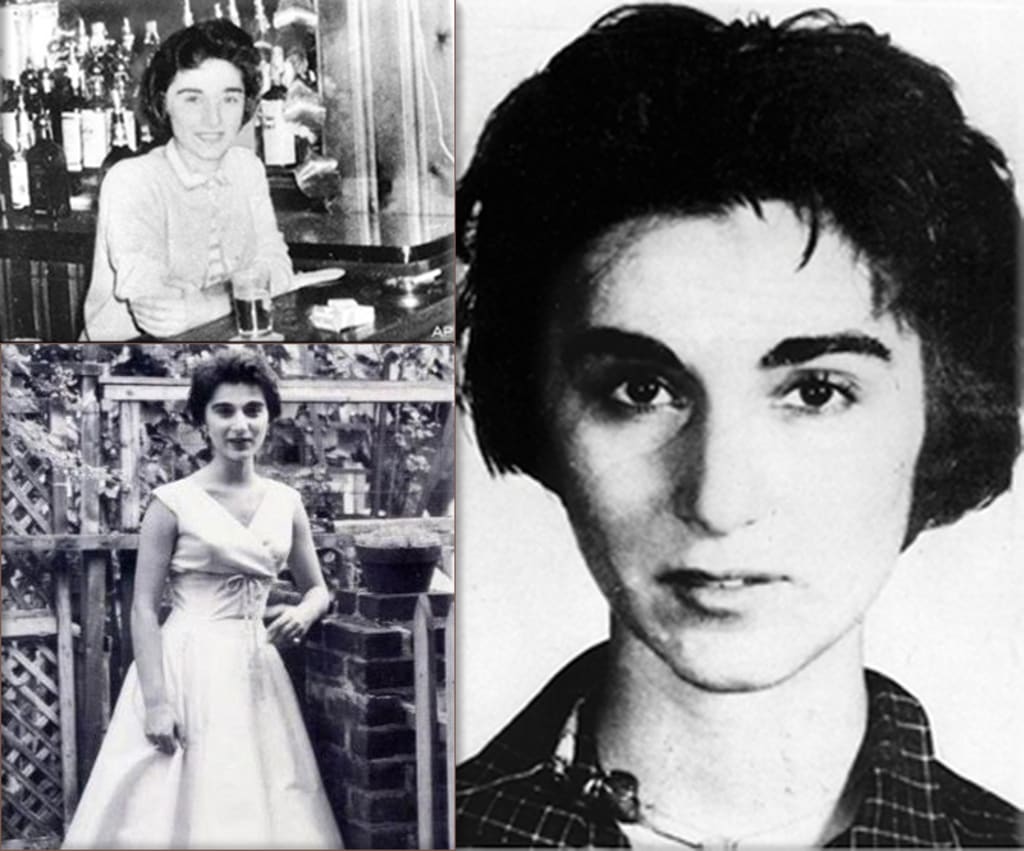The Bystander Effect
Unraveling the Kitty Genovese Story

On the quiet night of March 13, 1964, a chilling scene unfolded that would later find its place in psychology textbooks, forever etching the term "bystander effect" into our understanding of human behavior. The story revolves around Kitty Genovese, a young woman whose tragic fate not only highlighted the dark facets of human nature but also catalyzed significant changes in emergency response systems.
Kitty Genovese: A Life Interrupted
Catherine "Kitty" Genovese was born in Brooklyn in 1935 and led a relatively ordinary life until one fateful night in 1964. Born to a family that eventually moved to Connecticut, Kitty chose to remain in Brooklyn. She pursued various jobs, from clerical roles to bartending, displaying her tenacious work ethic and ambitions. Despite encountering legal trouble for taking sports bets, Kitty managed to rise above, eventually managing a bar and saving up for her dream of opening an Italian restaurant. Her life took a positive turn when she moved into an apartment in Kew Gardens with a friend. However, the trajectory of her life took a grim turn one early morning.
The Horrifying Night
In the early hours of March 13, 1964, as the world slept, Kitty Genovese's life intersected with the sinister intentions of Winston Moseley, a seemingly unassuming man with a family and no criminal record. As Kitty drove her red Fiat home after closing the bar where she worked, she stopped at a red light, unknowingly capturing Moseley's attention. This encounter marked the beginning of a nightmarish chain of events that would shatter the tranquility of Kew Gardens.
Moseley followed Kitty to her apartment, where he attacked her, stabbing her repeatedly. Her cries for help echoed through the neighborhood, reaching the ears of her neighbors, including Robert Moser, who yelled at Moseley to stop. Moseley fled temporarily, allowing Kitty to stagger towards the apartment building. However, the help she anticipated never arrived. Moseley returned, brutally attacking Kitty once again, assaulting her, and leaving her mortally wounded. The subsequent investigation and public response would shape our understanding of human behavior in the face of danger.
The Bystander Effect: A Disturbing Phenomenon
The story of Kitty Genovese's murder took a shocking turn as it entered the public consciousness through the pages of The New York Times. The headline claiming that 38 witnesses had observed the attack but did nothing sent shockwaves through society. This story, however, is far more complex than the initial portrayal suggests.
The term "bystander effect" refers to the phenomenon where people are less likely to intervene when others are present. This effect was believed to be at play in Kitty's case, with the shocking notion that so many witnesses remained passive. Yet, deeper investigations revealed a more nuanced truth. The initial report exaggerated the number of witnesses and their actions. In reality, few people glimpsed parts of the attack, and some even took action to assist or call the police. This revelation led to a reconsideration of the story's portrayal, emphasizing the complexity of human reactions in high-pressure situations.
A Catalyst for Change
While Kitty Genovese's murder served as a poignant example of the bystander effect, it also acted as a catalyst for change. The tragedy prompted discussions about societal responsibility and the need for a reliable emergency response system. Prior to the incident, there was no unified emergency number in the United States. However, the urgency of Kitty's situation accelerated the movement to establish a nationwide emergency service number, resulting in the implementation of 911.
Reflecting on this chilling tale, we're prompted to consider how we might react in similar circumstances. The case of Kitty Genovese is a reminder that understanding human behavior isn't always straightforward, and our reactions can be influenced by a myriad of factors. As we navigate the complexities of empathy, fear, and intervention, the story of Kitty Genovese remains a haunting reminder of our shared humanity.
References
https://www.simplypsychology.org/kitty-genovese.html https://www.britannica.com/topic/bystander-effect






Comments (1)
Interesting read.